Inception: synopsis, analysis and explanation about the end of the film
Inception, also known as The origin in Spanish, it is a science fiction film that tells the story of a group of thieves who use a machine that invades dreams to conquer their most daring goals.
The North American Movie Inception It was directed by Christopher Nolan and released worldwide in 2010. It featured performances by Leonardo DiCaprio, Ellen Page, and Joseph Gordon-Levitt, among other renowned actors.
The complexity of its plot makes it one of the most difficult films to understand in recent film history. That is why different theories have arisen that try to give an explanation to its end.
What is the reason for this difficulty? What is the ending of the film and what are those theories that try to answer the great enigma behind the plot?

Synopsis of the film
Dom Cobb (Leonardo DiCaprio) and his partner Arthur (Joseph Gordon-Levitt) are two thieves who specialize in the "extraction" of information through the subconscious. That is, they enter people's dreams to obtain their secrets.
Cobb is already retired, but is forced to participate in one last mission so that, in return, he has the right to see his children again.
The mission, called "insertion", consists of implanting the origin of an idea or concept in the mind of his rival client so that he interprets it as his own.
Thus, Dom Cobb gathers a group of specialists who will travel through the mind of his prey, Robert Fischer Jr. (Cillian Murphy), to introduce into his subconscious an idea that he will make very rich to his client Saito (Ken Watanabe), the head of the second largest energy company in the world, whose purpose is to surpass the leader that dominates this economic sector.
Ariadne (Ellen Page) is the so-called "architect" responsible for creating the manipulated dream scenario, for which she uses a lot of creativity and cunning.
Arthur (Joseph Gordon-Levitt) must investigate all aspects of the target person's life. Yusef (Dileep Rao) is a chemist who creates sedatives to induce sleep in the victim and the insertion participants. Eames (Tom Hardy) is like an actor on the mission. She is responsible for investigating and impersonating acquaintances of the victim to get an idea implanted.
During the mission, the team has to overcome barriers of all kinds and also their own internal struggles. Cobb faces his past due to the manifestation of his deceased wife, Mal (Marion Cotillard), who invites him to continue in the dream world so they can stay together.
Film analysis
Inception It is a constant debate for the viewer, who also wishes he had a "totem" like the characters to check if he is dreaming or not.
In the film everything is built on the basis of the world of dreams. From the script, which runs through the different levels of sleep, through the special effects, which allow us to "daydream, to the music that transports us through them.
Theme: ideas and dreams
What is the most resistant parasite? A bacteria? A virus? An intestinal tapeworm? An idea. Resistant. Highly contagious. Once an idea has taken over the brain it is almost impossible to eradicate it. An idea fully formed and understood, an idea that clings.
One of the most interesting themes in the film is how ideas define us and how we adhere to them.
An idea understood as “the image or representation of the perceived object that remains in the mind”. Ideas can be very powerful to the human mind, they define us. One idea can change everything.
Another question that is reflected in the film and in which the viewer is immersed almost from the beginning is what is a dream and what is reality.
Sleep levels as a structural basis
The characters in this film have the mission of going through different dreams until they reach the "origin" of Fischer and thus achieve his mission. It is very interesting how the script follows the scheme of "a dream within another dream", as if it were a "matrioshka", thus the different levels that they have to go through are presented. Ranging from reality, on the surface, to limbo, on the inside.
Thus, these are the different levels that occur in the film:
Level 1, reality: At this level no one is dreaming. Cobb and his team have to manage to deliver the drug to Fischer in order to implant the "idea."
Level 2, first dream: In this first level Yusuf is the one who is dreaming. In this dream Fischer's kidnapping takes place and Cobb's team tries to get a number, which they will use later. Also, they begin to implant the idea in Fischer that his father wants him not to continue with his business.
Level 3, second dream: On this level Arthur is the dreamer and it takes place in a hotel. There they make Fischer believe that Browning, his father's business lawyer, is a traitor.
Level 4, third dream: It is the last level, in which the team's mission concludes. The dreamer is Eames. The goal here is to entrench the idea in Fischer's subconscious.
Level 5, limbo: Limbo is deep within the human mind. This place can only be accessed if you die in your sleep. In the movie Saito reaches this level as he dies in the third dream. In the end, Cobb is left in limbo to rescue him.
Special effects or how to create the world of dreams
Is it possible to create the scenarios or design utopian cities for the world of dreams?
Currently, it is impossible in the real world. However, there is nothing unworkable in the seventh art, in part, thanks to the "magic" of special effects.
The special effects try to complete the "dreamlike" reality in which the characters in this film are situated. Thanks to them, it is possible to simulate precisely that "labyrinth" that the protagonists try to decipher through dreams.
One of the most shocking scenes he leaves The origin in this sense it is when Cobb and Ariadne are in a cafeteria. As he explains the behavior of the subconscious and dreams, suddenly, everything begins to crumble around him, as a symbol of the fragility of the elements that make up the world of dreams

When Ariadne understands what she can "design" in the world of dreams, she decides to manipulate the laws of physics, giving rise to something that had never been seen in cinema: a city, Paris, that folds in on itself.

The film also alludes to the time difference between reality and dreams. In dreams everything happens slower. Thus, the scene slowing down technique is very interesting, which helps the viewer imagine that everything that happens there is developing more slowly than in reality.

Music: link between dream and reality
The soundtrack of this film is composed by Hans Zimmer. One of the themes that inspired the composer in the creation of the sountrack of the film was the song “Non, je ne regrette rien” by Edith Piaf.
This song could be considered as the "backbone" of this film, since it serves as a link that unifies the different levels of sleep. It's like a kind of transition from reality to dream.
On the other hand, the theme of this piece of music is closely related to the main character. Literally the song says "no, I do not regret anything", Cobb has done bad things, perhaps this is a message for the protagonist to accept his past mistakes and not regret it.
Conclusion: "Origin" or how we perceive reality
In this film the role of architecture plays a fundamental role. Architecture understood as the "art of designing, projecting and building" dreams. The role of the architect as the creator of that dream world.
What does this film try to convey to us with this direct allusion to architecture and the design of new “realities”?
Perhaps this message reminds us that we live in a world of appearances and that reality is subjective. What we perceive may be as true as it is fantasy, but everything is part of that "individual" reality.
What if it's all an optical illusion, a hoax of perspective, like the Penrose Staircase?
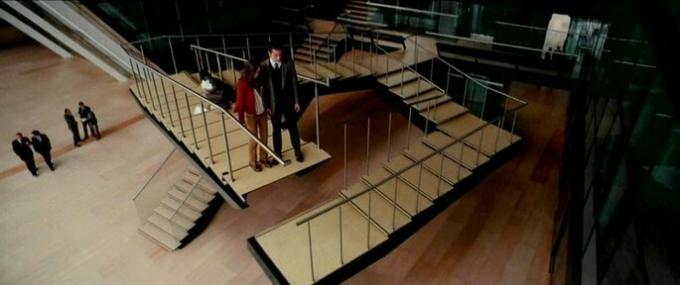
Theories and explanation of the end of the film
There are various theories about the real meaning of the film The origin. Was Dom Cobb really in the dream world or the real world?
Compilation of the most relevant theories
The film is marked by a complex and very well developed knot. Nolan, throughout the story, offers viewers small clues present in the dialogues of the characters that, for the most observant people, serve as signals to elaborate theories about the end of the movie.
All the hypotheses that revolve around the end of the film try to answer whether Dom Cobb would be dreaming or not:
1. Dom Cobb's "totem" is the wedding ring
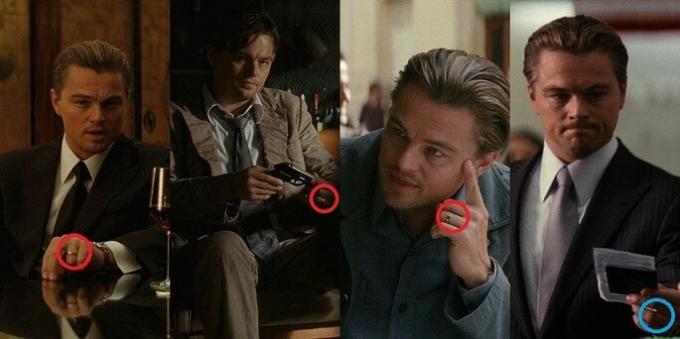
Throughout the film, the protagonist talks about the "totem" of his wife. However, he does not make it his. This theory indicates that the protagonist's wedding ring offers clues about when it comes to the dream or the reality. When Dom Cobb is reversed in a dream he wears it and when it comes to reality he is not. In the final scene he is not wearing it.
2. His children have not grown / have grown
Some bet because the end is a dream because they do not see a physical change in the children of the protagonist. If it's really been a while since you left, these should have grown.
Others have been able to notice a physical change in the children who appear at the beginning and end of the film. This theory states that Cobb ends up in the real world when he can meet them.
3. The face of his sons reflects reality

This theory argues that while Dom Cobb is in the world of dreams he cannot see the faces of his children, however, at the end of the film if he can. Thus, this opinion affirms that the end of the film is about the real world.
4. The whole movie is a Dom Cobb dream
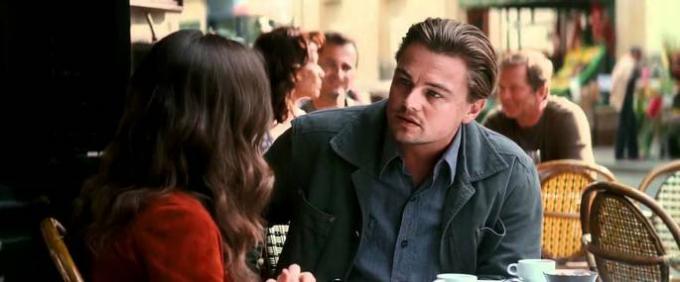
This belief is given by one of the conversations that the protagonist has with Ariadne. In it he affirms that "dreams do not have a beginning". If we look at it, in the film Cobb always appears “suddenly” in one place and another, without an apparent beginning. This may mean that the whole movie is about a dream.
5. Miles has created an "origin" for Dom Cobb

Those who defend this theory bet because the whole film revolves around the "origin" that Miles, father of the late Mal and Ariadne's mentor, he has created an "origin" for Cobb in order for him to let his wife go from his subconscious. With this theory, Ariadne, there is nothing more than in Cobb's head and his mission is to "implant" that origin in the protagonist in order to "get rid" of his wife and be happy with his children.
6. Dom Cobb got caught in limbo

This theory arises based on the "spinning top" (totem) that appears at the end of the film. According to the rules, it rotates permanently when the owner of it is in the world of dreams, while in the real world it is not, since the laws of physics and thermodynamics do not allow it.
In the final scene, the spinning top turns and we don't know if it will stop spinning at some point, while the protagonist reunites with his children. Some claim that Cobb was trapped in limbo where he can be with his children.
Explanation about the end of the film
Throughout the history of cinema, as with literature, a kind of "phobia" of open endings has developed in the viewer.
Perhaps one of the causes is that classical cinema had already accustomed us to a structure in which we knew that sooner or later everything would end up closed, for better or for worse, but concluded.
What no one expected is that directors like Nolan would play with ambiguity and create one of the most controversial films in history.
What is a reality is that the end of the film remains a mystery to everyone. Is Dom in reality or in a dream?
Michael Caine, the actor who plays Miles in the film, said that "when his character is on stage it is about the real world." With this explanation we understand that Dom ends up living in reality with his children.
But what if the "totem" doesn't stop spinning? So, we will attend to the clarification of Christopher Nolan:
Cobb no longer cares if he is in a dream or not, he is happy with his children which is what he really wanted.
With this explanation from the director we see that there are different "options" to understand the ending. But, perhaps as spectators we confuse or do not perceive the "true" message: all realities are subjective, but they are still valid.
Dream or reality, what if the really important thing is that the protagonist has achieved his goal by reuniting with his children?
Cast of Inception
Dominick Cobb (Dom Cobb)

Leonardo Dicaprio plays Dom, an expert thief in extraction, that is, he has the ability to infiltrate people's subconscious to steal ideas and valuable information for his clients.
Arthur

The actor Joseph Gordon- Levitt he embodies the partner and right hand of Dom Cobb. His mission is to set the team's objectives and also to ensure its safety. He is in charge of studying every detail so that everything goes perfectly.
Ariadne
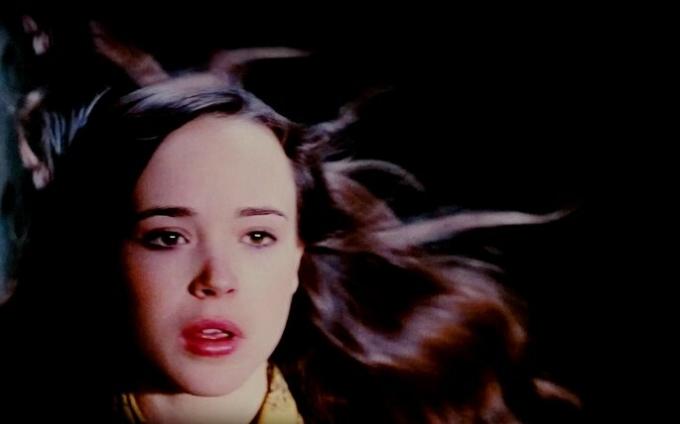
Ellen page gives life to Ariadne, known as the architect, a university student who is hired by Dom and whose mission is to design the world of dreams.
Bad cobb
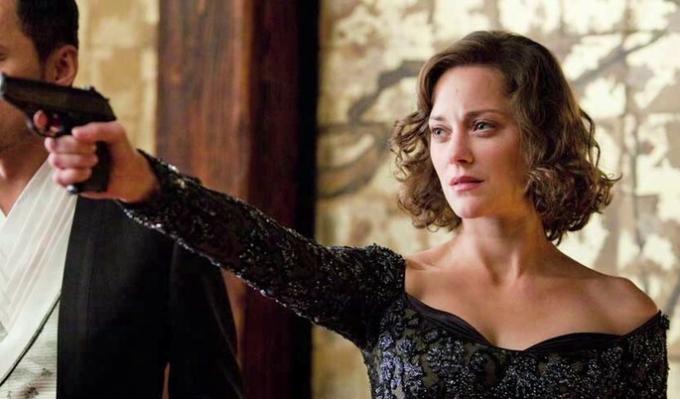
The actress Marion cotillard is Mallorie Cobb, Dom's late wife. She is known as "the shadow" and manifests itself in her husband's subconscious when she performs her work as an extractor.
Thousands

Michael Caine plays Mallorie Cobb's father. She is Dom Cobb's father-in-law and Ariadne's college professor.
Eames

Tom hardy plays Eames, the group's forger. He is capable of embodying anyone within dreams and replicating his gestures.
Robert Fischer
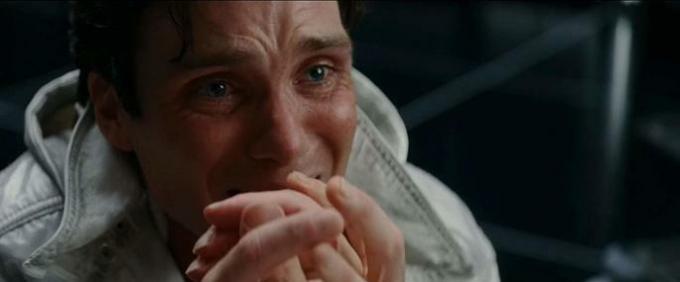
Cillian Murphy plays Robert, the heir to a billionaire businessman and the target of the group and Saito.
Saito

Ken watanabe plays a rich and powerful businessman who entrusts Dom and his team with the mission of “insertion” to implant an idea in Robert Fischer to obtain important benefits.
Yusuf
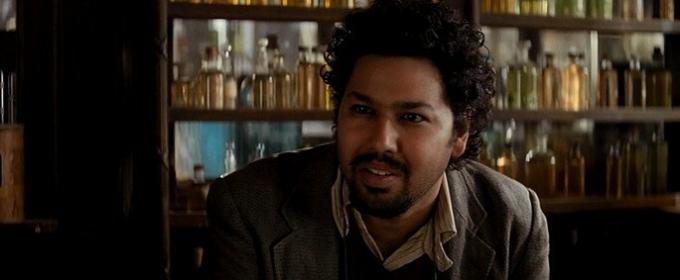
Dileep Rao is Yusuf, the team chemist in charge of making the necessary compounds to enter the dream world and to keep the team asleep during the mission in each of the levels.
Movie trailer
Data sheet
| Original title | Inception |
|---|---|
| Year | 2010 |
| director | Christopher Nolan |
| Screenwriter | Christopher Nolan |
| Gender | Science fiction, action, suspense |
| Duration | 148 minutes |
| Languages | English, Japanese and French |
| Main actors | Leonardo DiCaprio, Ellen Page, Joseph Gordon-Levitt |
| Awards |
Oscar: better sound mixing, better visual effects, better photography and better sound editing. 15 Satellite Adwards: best soundtrack, best photography, best art direction. BAFTA: better production design, better sound, better visual effects. WGA: best original script. |
Christopher Nolan Biography
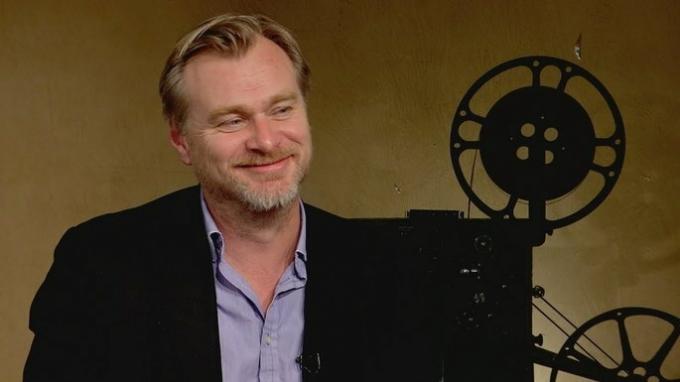
He is a London-based filmmaker whose passion for cinema started when he was a child. He specialized in English literature, although he remained linked to the cinematographic medium. In 1998 he presented Following, his first feature film. It wasn't until the movie's premiere Memento in 2000 when he achieved his international fame.
His filmography is characterized by being of an independent genre and by having an important philosophical charge, which leaves the viewer immersed in deep reflections. Here are some of the director's most acclaimed titles:
- Following (1998)
- Memento (2000)
- insomnia (2002)
- Batman Begins (2005)
- The Prestige (2006)
- The dark knight (2008)
- Inception (2010)
- The Dark Knight Rises (2012)
- Interstellar (2014)
- Dunkirk (2017)
If you liked this article you can also read Christopher Nolan Movie Memento



